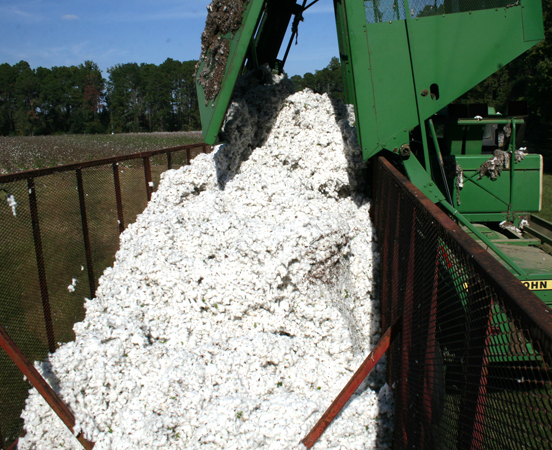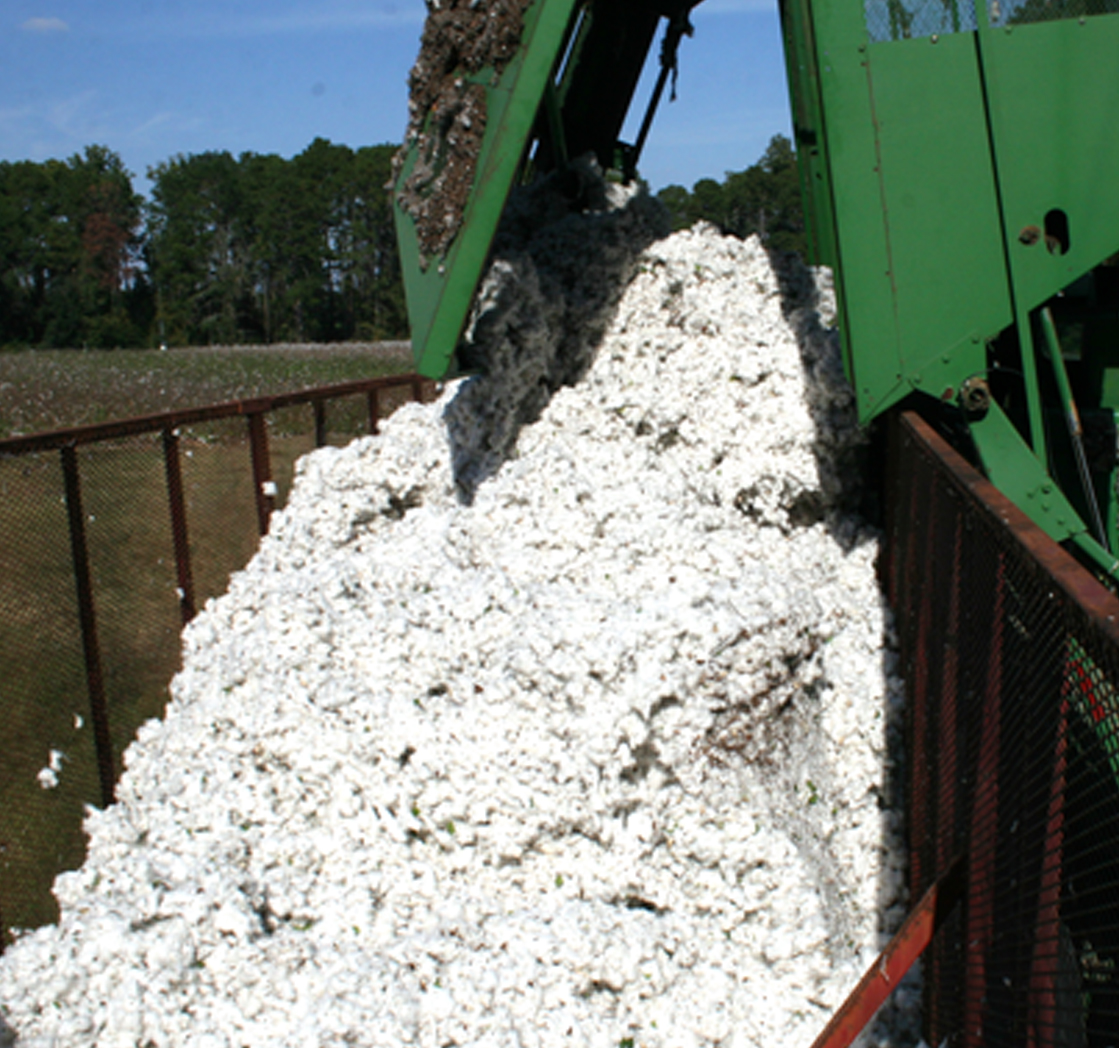Most of Georgia’s cotton crop emerged from this year’s early frost with minimal losses, according to University of Georgia Extension cotton agronomist Guy Collins. However, there’s no escaping the harsh reality of the current cotton prices.
Due to the bulk of the state’s cotton crop maturing earlier than normal, the frost that hit Georgia in early November, and more severely during the week of Nov. 17, did not cause much damage to the state’s top row crop.
“The large majority of [unharvested] acres are those that farmers just haven’t gotten to yet. This year, especially, I don’t see a major negative impact from the frost, because normally we have cotton [in the field] a lot later than what we do this year,” Collins said.
Collins estimates that, of the 1.3 million acres planted annually, approximately 55 percent are dryland acres, or those without irrigation. These plants fared better than their irrigated neighbors, Collins said.
The drought-like conditions that impacted Georgia in July and August led to cotton plants maturing more rapidly than normal, which resulted in fewer immature, moisture-laden upper bolls and, thus, less-than-normal impact from below-freezing temperatures, Collins said.
Because of early maturity, farmers had harvested more of their crop than they usually have harvested at this time of year. About 70 percent of the state’s crop has already been picked, which puts farmers about 18 to 20 percent of ahead of their normal schedule. However, due to excessive rain on Nov. 23-24 throughout Georgia, cotton harvesting has been put on hold, pending drier weather.
The early maturation of plants and the early harvest helped to protect the crop from what Collins described as an abnormally early frost. Georgia’s first frosts are generally expected after Nov. 10, and those are typically spotty across southwest Georgia. This year the frost was seven to 10 days earlier and felt statewide, he added.
Depending on the severity of the frost, cold temperatures can cause nearly mature bolls to open, and also can lead to bolls burning and rotting in the field.
While dryland farmers may have dodged the late season frost, they are still coping with the impact of the drought conditions late this summer and of low cotton prices, Collins said.
Cotton prices have been extremely low this year, currently at 58 cents per pound. Farmers are hoping to counter those low prices with high yields.
“We had drought stress return, so the cotton could have been better in a lot of situations,” Collins said. “The price is down now, so that’s what people are really upset over at this point. Irrigated cotton did pretty well across the state. It’s very much an irrigated year. Overall, it could have been worse, but it wasn’t a home run year, especially for dryland growers.”
For more information about Georgia’s cotton crop, see ugacotton.com.







.jpg)

